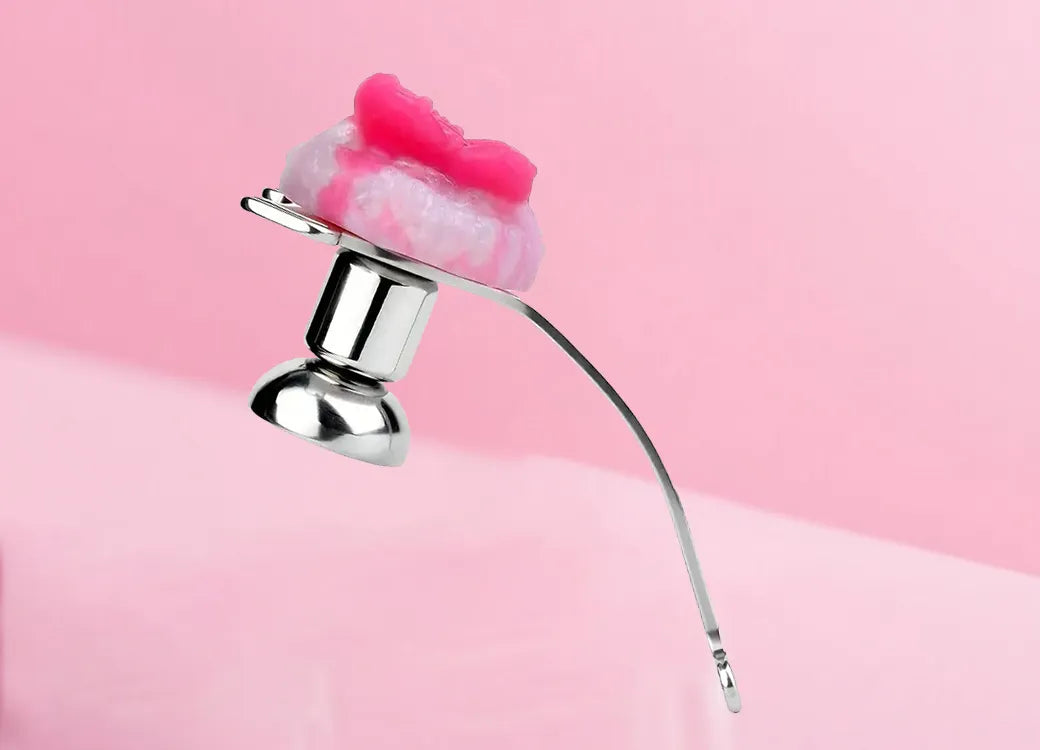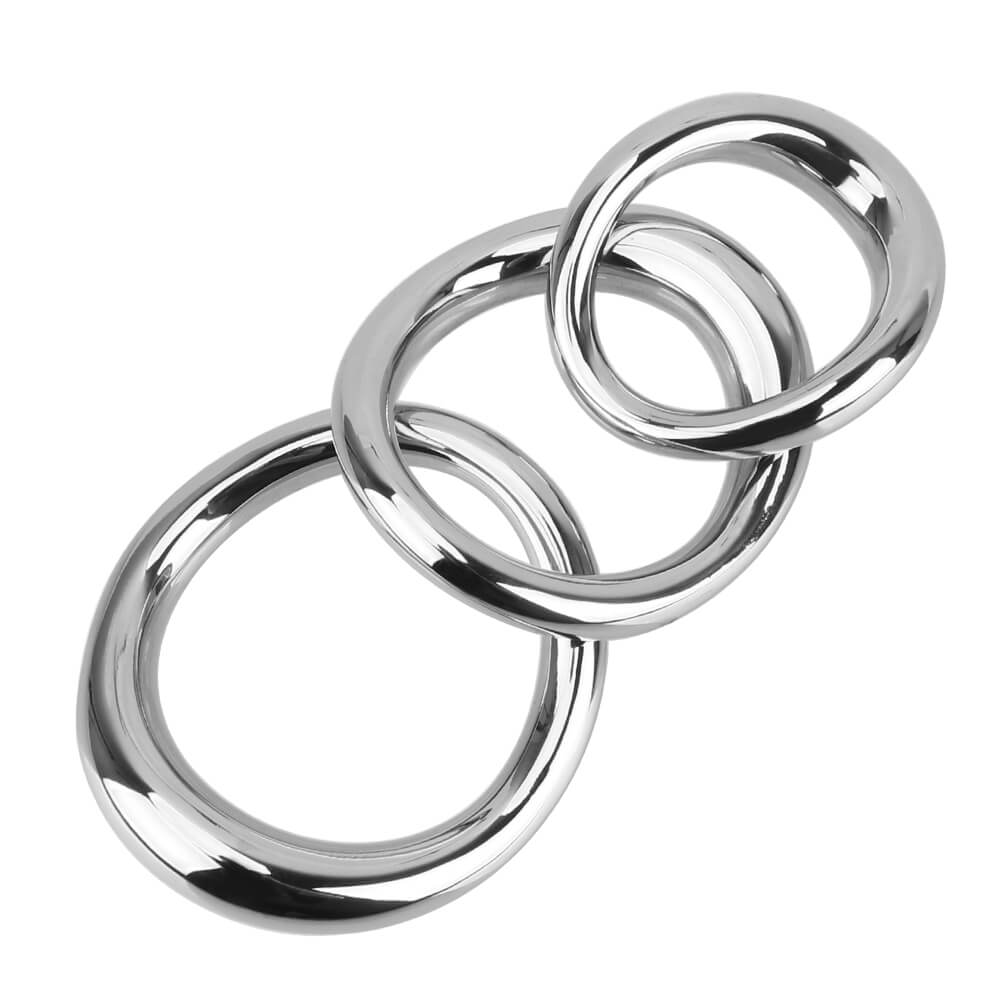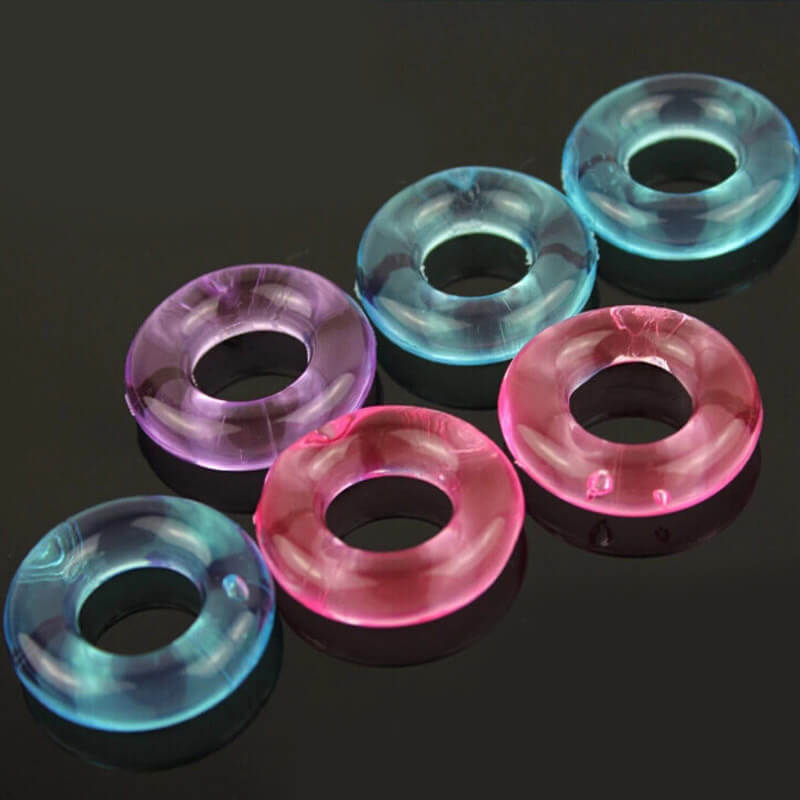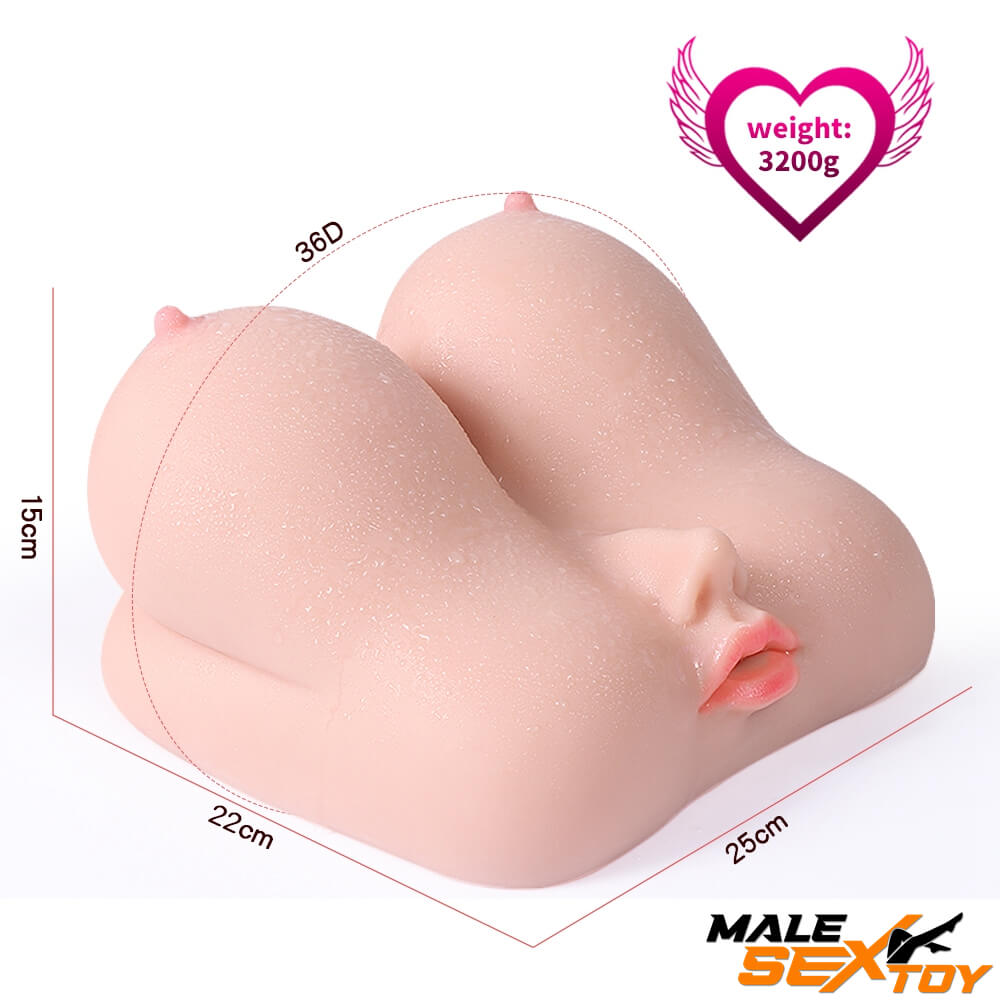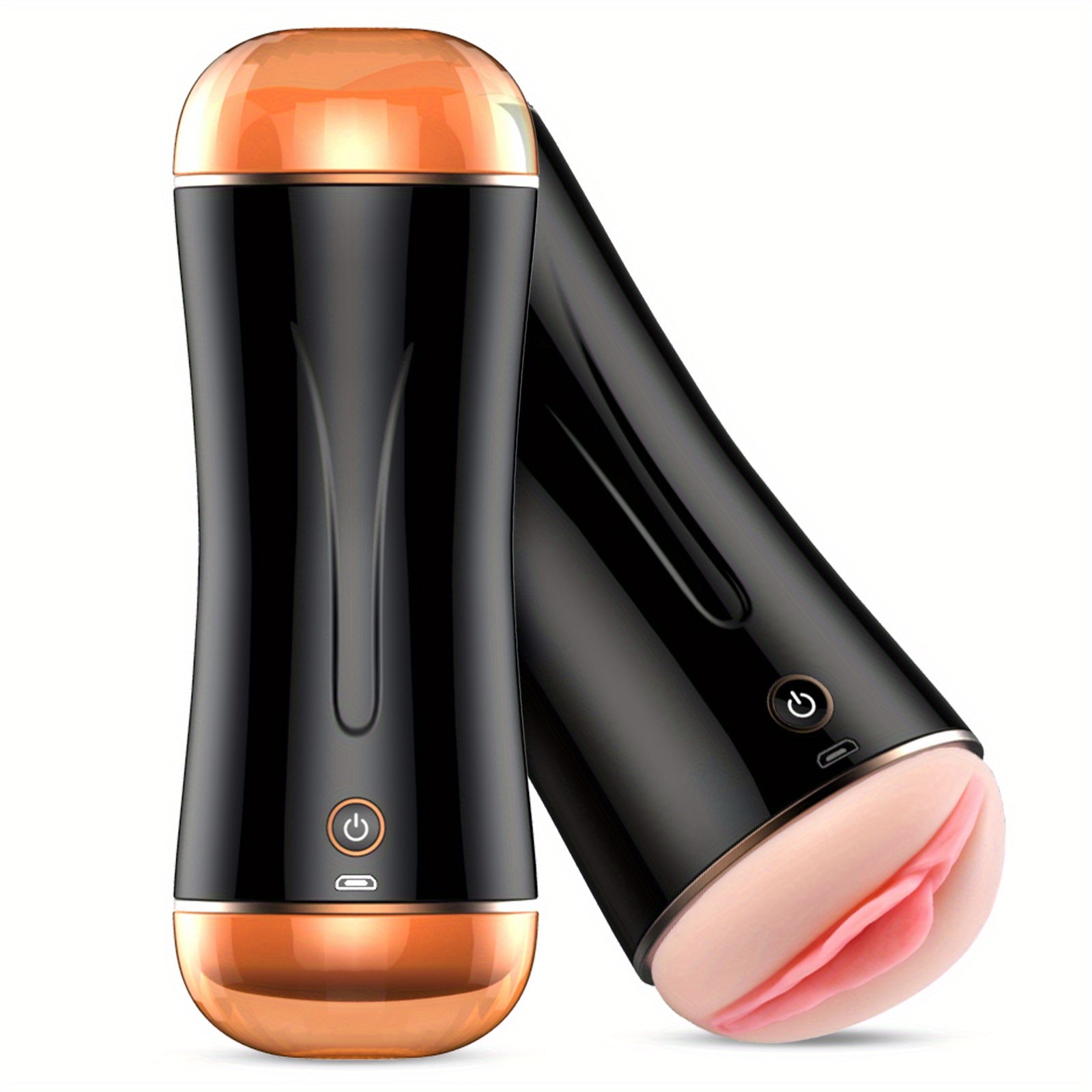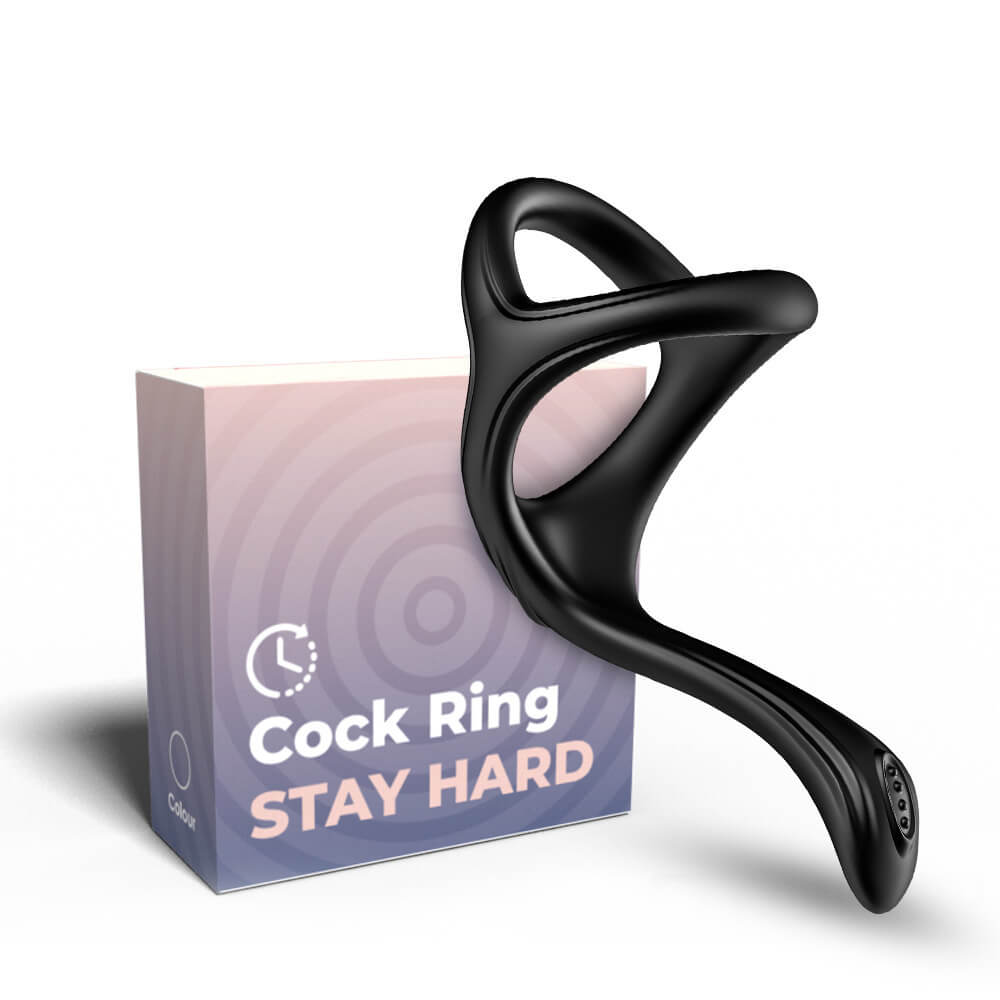I want to wrap up this segment, because the fact is that many women feel the urge to pee at the very time they are about to cum or in the moments following it and they worry about if they are peeing or not. To be quite honest, this feeling (while maybe new to you and scary) might be a sign of squirt or orgasm. Yet another phenomenon altogether, the so-called stress incontinence, involves an actual urine leak due to a woman's coughing, laughing or screaming, i.e., an overflow of urine.
It is, however, easily and relatively commonly aquired in the postpartum period in women who, after having had children, are unable to properly tighten the pelvic floor muscles well enough to hold in urine. But, it is important to understand that this discomfort is not limited to post-partum; inactive, overweight women may also have this issue, even if they have never had sexual intercourse.
What is a Kegel exercise?
Kegel exercises and Anal Lift Many people think that Kegel exercise is synonymous to anal lifting because they are close muscle set and also the actuality that anal lifting as well stimulates surrounding musculature. Kegel’s exercises work on the muscles located in the pelvic area that are positioned between the urethra and the anus. The main focus when performing lifting exercises is tightening the anal sphincter, as this is an area of muscle which is around the anus. Kegel exercises are a great way to address prostate problems and prevent prostate issues in men, and for women, can be used vaginally for prolapse and uterine prolapse.
In addition, the experiences of men with early ejaculation (premature ejaculation) and of men and women with incontinence (urinary incontinence) may similarly benefit from regular pelvic muscle exercises of the types that, in recent decades, have increasingly been seen as of potential benefit to both sexes. The beneficial results of these exercises are plain to see. A female may increase her sexual experience via anal exercises, as these exercises approach the issue of hemorrhoids directly, both in terms of prevention and treatment.

Should you still find it hard to follow, here's the easiest way to explain what "those muscles" are: The muscles you flex in order to quickly stop your stream of pee, are the same muscles that Kegel exercises were developed to strengthen. By contrast, the muscles that naturally tighten when you’re going to the bathroom are the same ones that lifting exercises work.
How to Find this Muscle in the Pelvis?
If you can try to stop the flow of urine when urinating, you will feel your pelvic floor muscles contract. The finger test is when you wash your hands and then put your finger in your vagina while clenching both your anus and vagina. If you can sense that the finger is being gripped by the muscles, you have located the pelvic floor muscle. The cover technique This technique is more suitable for males where the individual cover the area of the perineum (the area halfway between the anus and the base of the penis) or the base of the penis and tries to squeeze the area to elicit a contraction of the pelvic floor muscle during this activity. My advice:Never think that interrupting dog urination or defecation is a good idea for a training exercise! This isn’t an exercise; just a way of making you conscious of where this muscle is located!
How do I train my pelvic floor muscles?
To start training, squeeze the muscles as you exhale and push the perineum upwards and inwards the gap amid the urethra and the anus for ten seconds, afterwhich, breath in, release, lift the pelvic muscles, let them sink down easily and hold for other ten seconds. Ten of these pairs of initial two steps make a training set. Three to four sets throughout the day is sufficient. TIP: These exercises should be done in a slow and controlled pace, and never in a rush. The National Institutes of Health (NIH) says you may even see some results sooner rather than later — in about four to six weeks. Once you reach that point, then no matter when and where you will be able to get the yoga workout started. Pregnant women can also use these exercises and this can accelerate the birth. After your baby has been born and when your body has had time to recover, you can also start exercising in order to regain muscle elasticity in the particualr delivery area.
Keep the rest of your body calm and breathe naturally while you work. If you feel any tension in the abdomen as you touch it with your hands, lift a little higher. Isn’t it so simple? You guys who already come here in shape know that gentle stretching afterwards is good for calming the body and loosening up the muscles, so you can move on to the next acitivity without any glitches.
So what exactly is the right way to relax and stretch?
One of the best ways to relax is to lay down: lay a folded towel on the forehead pad of a bed or yoga mat, lie down for five to ten minutes and relax with a cup of hot tea. Relax and breathe gently while holding the frog stand for five minutes, which will enable the pelvic floor muscles to relax even more. For the really muscular people - these two, basic movements are also great for relaxation of the pelvic floor.
Actually, strengthening the muscles of the pelvic floor helps to control physical effort in our lower body, thus not only improving our sexual experiences of autoerotism but also significantly improving our well being. It's all downhill from us in terms of body management from now on, but starting mental exercises like lifting weights will help with that too." This is why every one of us should get to know how to properly engage their pelvic floor muscles! Men and women alike!

